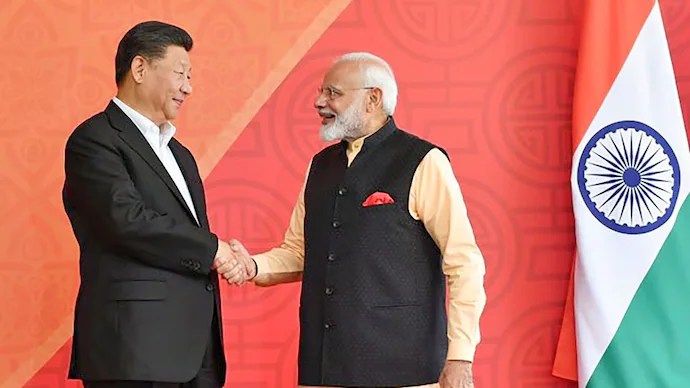
LAC Stability: Must-Have Agreement for India and China
The ongoing tensions between India and China have put a spotlight on the need for robust mechanisms to ensure lasting peace along the Line of Actual Control (LAC). Recently, military commanders from both nations convened to discuss strategies for addressing border disputes and sustaining stability in the region following the disengagement of troops in Ladakh. This collaboration marks a crucial step forward in maintaining peace and preventing conflicts from escalating into more significant confrontations.
Understanding Border Dynamics
The LAC, a term commonly used to describe the disputed border between India and China, has often been a flashpoint for tensions. Both nations have engaged in military standoffs, particularly in regions like Ladakh, where geographical and historical grievances intensify disputes. Recognizing the significance of LAC stability, the recent discussions aim to solidify communication and operational frameworks, thereby minimizing the risk of misunderstandings and conflicts.
Indian and Chinese military officials emphasized the importance of utilizing existing mechanisms to address border issues, enhancing cooperation between their respective armed forces. These protocols are not only vital for ensuring immediate responses to incidents but also for fostering trust at higher levels of military and diplomatic engagement.
Collaborative Military Frameworks
The foundation of LAC stability relies on established protocols, which serve as essential tools for both parties. These mechanisms help in de-escalating situations that might otherwise spiral into confrontations. By agreeing to these measures, both militaries can engage in transparent communication, ensuring that any actions taken on the ground are well understood by the other party.
Furthermore, joint discussions focusing on troop deployments and maneuvers in sensitive areas can contribute significantly to reducing tensions. Such collaborations pave the way for regular dialogue, minimizing the chances of accidental encounters that could lead to broader conflicts. By maintaining a dialogue about LAC stability, both nations are taking proactive steps to safeguard their territorial integrity while promoting peace in the region.
The Significance of Disengagement
Disengagement in Ladakh was a significant milestone, reflecting a mutual understanding to de-escalate the standoff that had persisted for months. Post-disengagement, the emphasis must remain on maintaining LAC stability to prevent the re-emergence of friction. Both military establishments need to ensure that their activities align with the larger goal of fostering peace and understanding.
This recent agreement signifies a positive shift in approach, focusing on long-term solutions rather than temporary fixes. Implementing pathways for regular interactions between field commanders can serve to reinforce trust and facilitate rapid responses to any potential disputes that may arise.
Building Trust Through Diplomacy
While military measures are crucial, diplomatic engagement plays an equally important role in achieving LAC stability. Both nations must explore avenues for enhancing cooperation outside the military sphere. Initiatives like joint training exercises, cultural exchanges, and peace dialogues can improve relations dramatically. Such efforts can help humanize the adversary and reduce stereotypes that fuel tensions.
Additionally, engaging in multilateral forums like the Shanghai Cooperation Organization (SCO) can provide opportunities for both countries to align their interests more broadly. By working together on common regional challenges, India and China can strengthen ties and foster an environment that supports ongoing negotiations over contentious issues.
Conclusion: A Path Forward for LAC Stability
In summary, ensuring LAC stability is not merely a military endeavor but a comprehensive approach that equally prioritizes diplomatic initiatives and multicultural exchanges. The recent agreement by Indian and Chinese military commanders to use existing mechanisms for resolving border issues provides a solid framework for maintaining peace post-disengagement in Ladakh. The staircase to stability may be steep, but with commitment from both nations to collaborate, build trust, and communicate openly, a peaceful coexistence is well within reach.
Through sustained efforts in both military and diplomatic channels, India and China can secure a more stable future not just for their populations but also for the entire Asian region. Emphasizing it as a priority will ultimately lead to a more secure and prosperous environment, benefiting all stakeholders involved.

